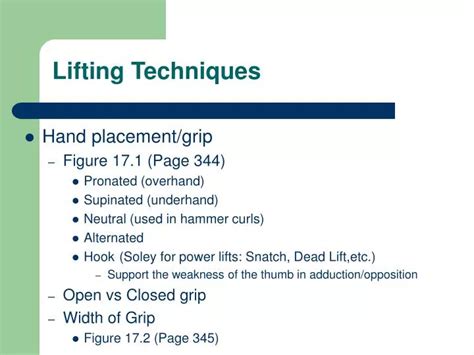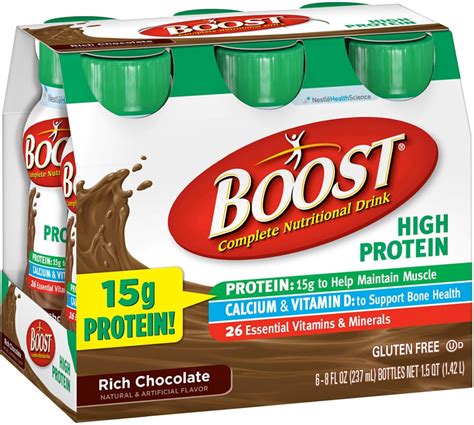How to break strength plateaus for peak muscle growth?

Conquering the Frustration of Strength Plateaus
Every dedicated lifter eventually encounters the dreaded strength plateau – a point where progress stalls, weights stop increasing, and muscle growth seems to grind to a halt. This can be incredibly frustrating, but it’s a normal part of the journey. The good news is that plateaus are not roadblocks, but rather signals that your body has adapted to your current routine and needs a new stimulus. By understanding the underlying causes and implementing strategic changes, you can effectively break through these barriers and resume your journey toward peak muscle growth.
Understanding Why Plateaus Occur
Your body is an incredibly adaptive machine. When you consistently perform the same exercises with the same weights and rep schemes, it eventually becomes efficient at those movements. This efficiency, while good in some contexts, means the stimulus for growth and strength gain diminishes. Plateaus often stem from:
- Lack of Progressive Overload: Not consistently challenging your muscles to do more than they’re accustomed to.
- Inadequate Recovery: Not giving your muscles enough time, sleep, or nutrients to repair and grow.
- Training Monotony: Performing the same routine for too long, leading to adaptation without new challenges.
- Nutritional Deficiencies: Not consuming enough calories or the right macronutrients to support growth and strength.

Strategic Approaches to Shatter Plateaus
1. Re-evaluate Progressive Overload
Progressive overload is the fundamental principle of muscle growth, but it’s not just about adding more weight. Consider these variations:
- Increase Weight: The most obvious, but not always possible. Make small, consistent jumps.
- Increase Reps or Sets: If you can’t add weight, try to do one more rep or an extra set.
- Decrease Rest Time: Shorter rest periods increase workout intensity and time under tension.
- Improve Form and Time Under Tension (TUT): Focus on slower negatives, perfect form, and squeezing the muscle. This increases the challenge without adding weight.
- Increase Training Frequency: Train a muscle group more often per week, allowing for more growth stimuli.
2. Vary Your Training Stimulus
Your muscles adapt to specific movements. Introduce variety to shock them into new growth:
- Exercise Variation: Swap out exercises for similar ones (e.g., barbell bench press for dumbbell bench press, back squats for front squats, deadlifts for RDLs).
- Rep Range Cycling (Periodization): Alternate between strength phases (low reps, heavy weight), hypertrophy phases (moderate reps, moderate weight), and endurance phases (high reps, lighter weight). This can prevent adaptation and promote different types of gains.
- Training Splits: Change your workout split (e.g., full body to upper/lower, or body part split).

3. Implement Strategic Deloads and Prioritize Recovery
Overtraining is a common culprit for plateaus. A deload week can be a game-changer:
- Deloading: Every 6-12 weeks, reduce your training volume (sets/reps) by 40-60% or intensity (weight) by 20-30% for a week. This allows your central nervous system and muscles to recover, adapt, and come back stronger.
- Sleep: Aim for 7-9 hours of quality sleep per night. This is when the majority of muscle repair and growth occurs.
- Active Recovery: Light cardio, stretching, or foam rolling can aid blood flow and recovery without adding stress.
4. Optimize Your Nutrition
You can’t build a house without bricks, and you can’t build muscle without proper fuel:
- Caloric Surplus: To gain muscle, you generally need to consume more calories than you burn. Aim for a moderate surplus (250-500 calories above maintenance).
- Protein Intake: Consume 1.6-2.2 grams of protein per kilogram of body weight daily to support muscle repair and synthesis.
- Carbohydrates and Fats: Don’t neglect these. Carbs fuel your workouts and replenish glycogen stores, while healthy fats are crucial for hormone production.
- Hydration: Drink plenty of water throughout the day, as dehydration can impair performance and recovery.

5. Focus on Mind-Muscle Connection and Form
Quality over quantity always. Poor form can limit muscle activation and lead to injury:
- Perfect Your Form: Ensure you are performing each exercise with strict, controlled form. This maximizes target muscle activation and minimizes the risk of injury.
- Mind-Muscle Connection: Actively focus on contracting the target muscle during each rep. This enhances neural drive and muscle activation.
- Tempo: Experiment with different tempos (e.g., slower eccentric phase) to increase time under tension.

6. Identify and Address Weak Links
Sometimes, a plateau isn’t a general lack of strength but a specific muscle group holding you back. For instance, weak triceps might limit your bench press, or a weak lower back might stall your deadlifts.
- Accessory Work: Incorporate targeted accessory exercises to strengthen these lagging areas.
- Unilateral Training: Single-arm or single-leg exercises can help address muscular imbalances.

The Path Forward: Consistency and Patience
Breaking a strength plateau requires a combination of strategic adjustments, consistent effort, and patience. There’s no single magic bullet, and what works for one person might not work for another. Be willing to experiment, listen to your body, and track your progress diligently. Plateaus are an inevitable part of the fitness journey, but with the right approach, they become stepping stones to greater strength and peak muscle growth.








